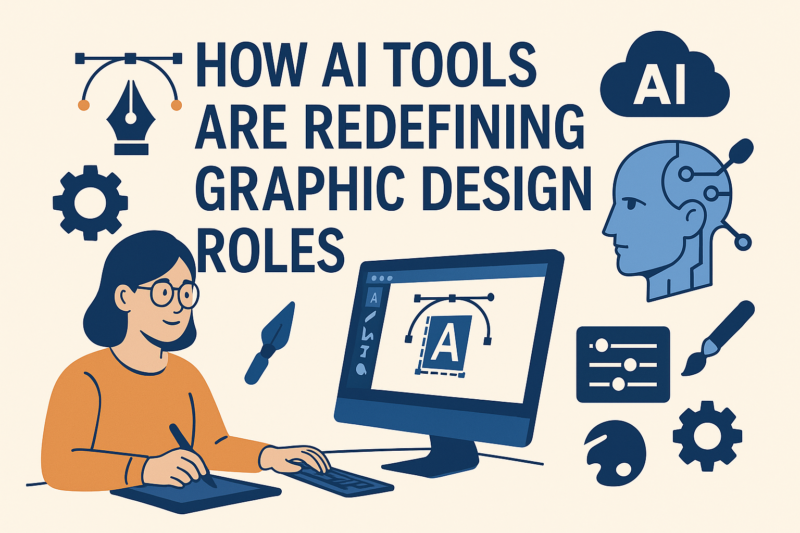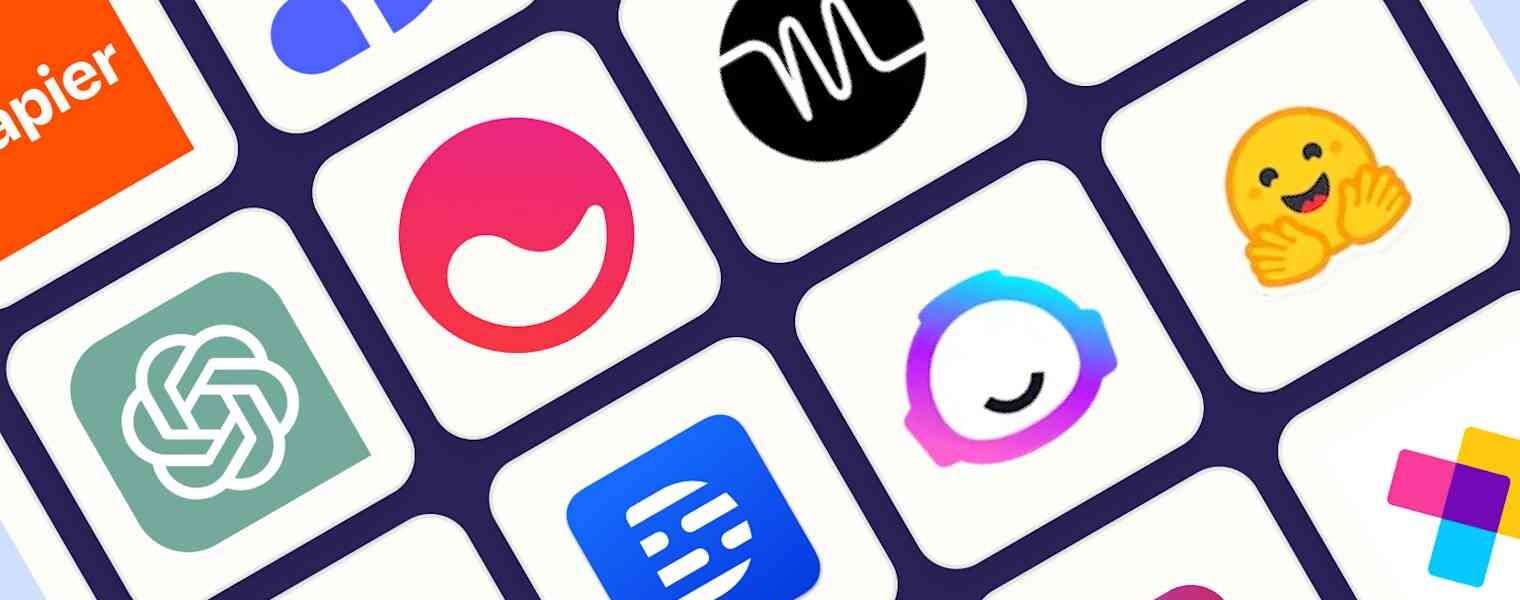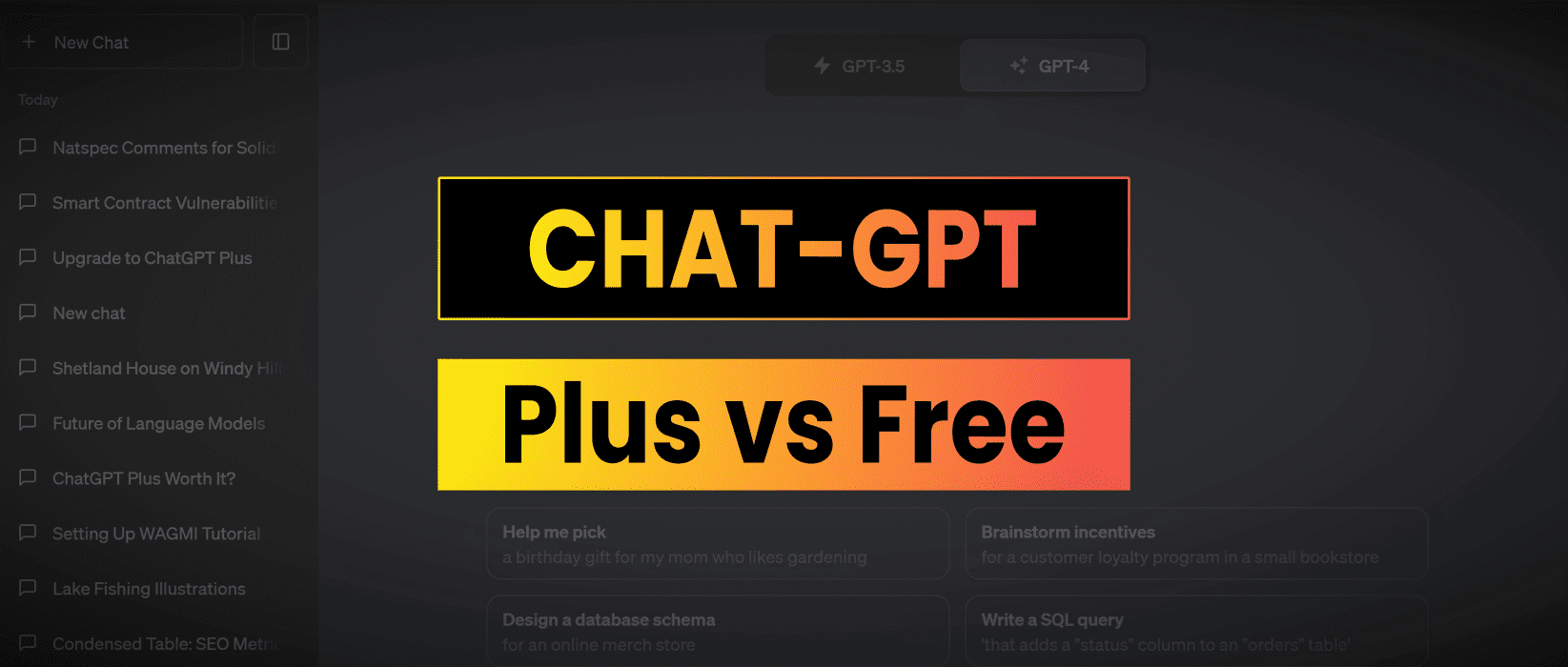Introduction: The Digital Tsunami in Design
Hey there, creative minds! Ever felt like your design skills are suddenly being outpaced — not by another designer, but by a machine? What if the competition isn’t across the table, but coded into your software?
Imagine this: You’ve just wrapped up a client project after days of sketching, tweaking, and refining. You proudly send it off, only to learn the client found a near-identical version on an AI design platform — created in seconds, for a fraction of the cost. Ouch.
As we cruise through 2025, AI tools are no longer just fancy features tucked inside your design software — they’re your new colleagues (or competitors, depending on how you look at it). For graphic designers — especially freelancers, students, and solopreneurs — it’s both thrilling and a little terrifying.
So, what’s really going on? Are AI tools replacing designers, or are they redefining creativity? Let’s dig into the tension, the trends, and what it means for your future as a creative.
What’s Driving the AI Surge in Graphic Design?
Impact of AI on Creative Industries
Think of AI as the turbocharger in a designer’s workflow — speeding things up, automating the boring bits, and even suggesting creative directions. Whether you’re crafting a brand identity, generating storyboards, or designing packaging, AI is shifting the gears. Tools like Midjourney, Runway, and Adobe Firefly are allowing artists to go from idea to execution in record time.
In the realm of visual storytelling, AI helps creators test multiple variations of an idea without starting from scratch every time. Music producers can generate beats based on mood. Writers use AI to brainstorm plot twists. Filmmakers storyboard scenes with AI-generated concept art. The bottom line? AI is breaking down the barriers between imagination and realization.
But here’s the twist — this shift isn’t just about productivity. It’s about redefining what it means to be creative.
Automation vs. Originality Debate
Here’s the hot potato: AI can mimic style, but can it innovate? That question lies at the heart of the AI–creativity debate.
AI is trained on past data — existing art, music, literature — so it’s inherently imitative. Ask it for a Van Gogh-style painting or a sci-fi script like Black Mirror, and it delivers. But that’s the rub. It’s not pulling from nothing; it’s remixing what already exists.
Originality, however, isn’t always about starting from zero. Even humans draw from inspiration. The difference lies in intention and interpretation. When an artist blends emotion, context, and cultural nuance into their work, it becomes more than a pattern — it becomes a story. Can AI capture that emotional depth? Right now, not fully.
Yet, tools like DALL·E or ChatGPT are increasingly producing outputs that surprise even seasoned creatives. Some argue that when AI is used in collaboration with humans, it acts as a muse — offering prompts and unexpected directions that spark genuinely new ideas.
That’s why creatives are split into two camps:
-
The Optimists: They believe AI democratizes creativity, giving everyone — not just trained designers or coders — the power to make art, music, and stories.
-
The Traditionalists: They worry that AI erodes the soul of creativity. If a machine can do it, what happens to the value of human expression?
Still, one thing is clear: AI is here to stay. Whether it becomes a co-pilot or a competitor depends on how we choose to use it.
How AI Tools Are Redefining Graphic Design Roles

Shifting Skillsets in the Design Industry
Designers today are expected to understand prompts, iterate fast, and even “collaborate” with AI. Technical know-how is still crucial, but the creative process has shifted — it’s more about direction than execution.
Design Speed and Cost Efficiency
Businesses want fast, cheap, and beautiful — and AI delivers. In seconds, AI can produce drafts that used to take hours. That’s a game-changer for small businesses and startups.
1: Canva Magic Studio – Instant Creativity on Steroids
Canva has always been the go-to for non-designers. But now, it’s evolved with Magic Studio, a full-blown AI design powerhouse.
Key Features of Canva Magic Studio
Magic Design & AI-Powered Templates
Drop in your idea, and Canva spits out polished, professional-grade templates — ready to go.
AI Background Remover and Magic Eraser
Need to clean up a photo or remove unwanted elements? Just a click — it’s done. No Photoshop needed.
Threat Level for Graphic Designers
High for entry-level designers. Why hire someone for $100 when Canva offers near-instant results for $10/month?
2: Adobe Firefly – The AI Reinvention of Adobe Suite
Adobe didn’t sit back watching others lead. They introduced Firefly, a beast of a tool that’s transforming the Adobe ecosystem.
What Makes Adobe Firefly Game-Changing?
Generative Fill and AI Brushes
Got a blank space? Type what you want and Firefly paints it in — context-aware and highly detailed.
Seamless Integration with Photoshop and Illustrator
Firefly isn’t a new app — it’s baked right into what you already use, making it hard to ignore.
Job Risk Factor: High for Traditional Designers
Designers sticking only to manual tools are at risk. Clients now expect AI-assisted speed without compromising quality.
3: DALL·E 3 – Text-to-Image Mastery
If you’ve ever wished you could turn words into visuals — welcome to DALL·E 3 by OpenAI.
Understanding DALL·E’s Capabilities
Prompts to Visuals in Seconds
You describe it, DALL·E draws it — whether it’s a unicorn eating pizza or a minimalist logo for your client.
Realistic and Stylized Output
It handles photo-realism and abstract art with equal ease. It’s like having a thousand designers at your command.
How It Challenges Freelance Designers
When clients can generate images in 30 seconds, freelancers charging $200 per image need to rethink their value proposition.
4: MidJourney – AI Art Beyond Imagination
Imagine art so vivid, it feels like a dream. That’s what MidJourney delivers.
MidJourney’s Edge in AI Illustration
Hyper-Detailed Art Styles
From fantasy characters to sleek tech illustrations, it pushes visual boundaries.
Ideal for Branding, Posters & Web Assets
Why pay illustrators when MidJourney can provide five concepts in five minutes?
Implications for Illustrators and Branding Pros
High threat for illustrators. Especially those in concept art, book covers, and branding visuals.
Check out MidJourney on Discord
5: Looka – AI-Powered Brand Identity Generator
Need a logo, business card, and social kit in one go? Looka makes it happen.
What Looka Automates: From Logos to Full Kits
Logos, Business Cards, and Brand Guidelines
All you do is answer a few questions — the AI does the rest. Clean, branded visuals in under 15 minutes.
SMBs and Startups Flocking to AI Branding
Why spend $500+ on a brand kit when Looka offers it for a fraction?
Who Should Be Worried?
Logo designers, beware. Your competition isn’t just other freelancers — it’s AI that works 24/7.
Who Is Most at Risk from AI in Design?
Freelancers vs. Agencies vs. In-House Designers
Freelancers, especially those offering basic services like logo creation or social media post design, are facing the biggest squeeze. Agencies and in-house teams often have the resources and structure to adopt AI without losing human talent, using it to boost productivity instead of replacing jobs entirely.
Specialized Designers vs. Generalists
Niche and specialized designers — those with a unique artistic voice or those who solve complex design problems — are still highly valuable. But generalists, who once thrived by being “jacks of all trades,” are now competing directly with AI platforms that can do it all in seconds.
Can Graphic Designers Survive the AI Wave?
Skills That Still Require Human Ingenuity
There are some things AI just can’t replicate (yet):
-
Human emotion and storytelling: Real empathy in design still requires a human touch.
-
Strategic thinking: AI doesn’t know your client’s business goals — you do.
-
Creative direction: Knowing when to break the rules is still very much a human skill.
Strategies to Stay Relevant
So, what should designers do? Here’s the survival kit:
-
Learn prompt engineering: The better your prompts, the better your results from AI tools.
-
Specialize: Whether it’s UX, packaging, or animation — be the best in a niche.
-
Leverage AI, don’t fear it: Use it to boost speed and ideation. Think of AI as your assistant, not your competition.
-
Stay on top of trends: The design world is shifting. Embrace continuous learning.
Ethical and Creative Boundaries of AI in Design
Is AI Stealing or Enhancing Art?
AI learns from data — and much of that data includes designs created by humans. Is it fair? That’s up for debate. Many artists argue that AI steals their work, while others see it as just another tool, like a digital brush.
Copyright and Originality Issues
Designers using AI need to understand the legal gray zones. For example:
-
Who owns AI-generated art?
-
Can you sell AI-created work commercially?
-
How can you ensure it’s not plagiarizing existing designs?
The answers vary depending on the platform, jurisdiction, and usage. Always read the fine print.
Conclusion: Adapting, Not Competing, with AI
Let’s be real — AI isn’t going anywhere. But instead of worrying about robots taking over your job, it’s smarter to learn how to work alongside them.
Use AI tools to offload repetitive tasks, spark new ideas, and push your creative limits. Combine your artistic intuition with machine speed and scalability, and you’ll become unstoppable.
In short: AI won’t replace great designers — but designers who use AI will replace those who don’t.
Read Also How Artificial Intelligence is Transforming the World?
FAQs
1. Will AI completely replace graphic designers by 2025?
Not completely. While AI tools can handle repetitive and template-based tasks, human creativity, strategy, and storytelling are still irreplaceable.
2. What skills should designers focus on to stay relevant?
Focus on creative direction, branding strategy, user experience (UX), and learning how to guide and optimize AI tools through prompt engineering.
3. Which design tasks are most at risk from AI automation?
Tasks like logo creation, social media graphics, basic photo editing, and template-based layouts are the most vulnerable to AI automation.
4. Are there ethical concerns with using AI-generated art?
Yes. AI often learns from publicly available content, raising concerns about originality, plagiarism, and copyright infringement.
5. What are some AI tools that graphic designers should learn in 2025?
Key tools include Canva Magic Studio, Adobe Firefly, DALL·E 3, MidJourney, and Looka. Learning how to integrate these into your workflow is essential.




